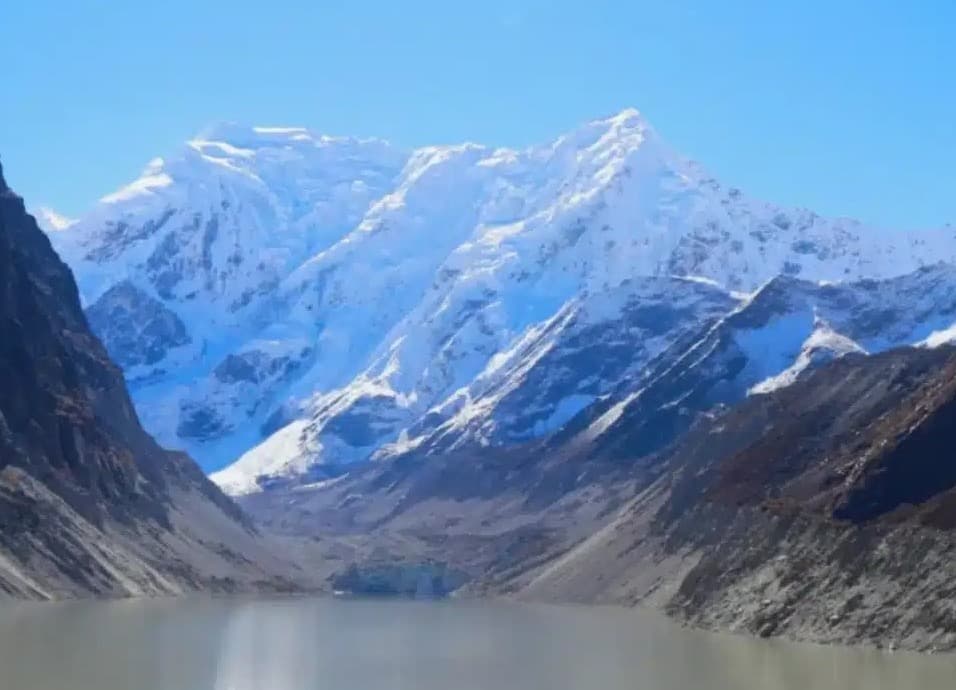Haribodhini Ekadashi is a Hindu festival that weds Lord Vishnu. The celebration falls right after Dashain and Tihar in the bright fortnight of Kartik (the seventh month of the Lunar Calendar).
The day is also known as Prabodhini Ekadashi or Devotthan Ekadashi. Prabodhani translates to awakening the eleventh. On this day, Lord Vishnu, who slept on the Shayani Ekadashi, wakes up hearing the prayers of Tulsi (a basil plant). On this special day, people marry the Tulsi Plant and the Shaligram, which is a black holy stone representing Lord Vishnu. The custom is called Tulsi Vivah.
According to the Hindu religion, people consider Lord Vishnu the creator of this universe. They worship Lord Vishnu at various festivals throughout the year. Haribodhini Ekadashi is one of them. The festival also marks the end of the four-month-long Chaturmas, a holy period during which Lord Vishnu goes into a deep slumber.
What Does Ekadashi Mean?
The good time to worship gods and goddesses in the Hindu religion is all based on Lunar Calendars. And Ekadashi means the eleventh day of the Lunar Month. As the day is all dedicated to Lord Vishnu, we also know it as Hari Vasara.
There are 24 Ekadashi’s in a year and 2 of them fall in every month. On the day of Ekadashi, Hindus worship Lord Vishnu with great enthusiasm. They visit temples and worship Lord Vishnu. Likewise, some also go to water the Pipal tree (Sacred Fig) which is also considered to be one form of Lord Vishnu.
Haribodhini Ekadashi is one of such Ekadashi and falls in the month of Kartik during November. As Lord Vishnu is wedded to Tulsi, this festival also marks the start of the wedding season.
How do People Celebrate Haribodhini Ekadashi?
Haribodhini Ekadashi is one of the major festivals in Nepal. Devotees worship Vishnu and perform Tulsi Vivah. On this celebration day, women fast. They don’t eat meat, grains, or beans products. It’s a spiritual day and they only eat fresh fruits, vegetables, and milk products.
The popular dishes for Haribodhini Ekadashi are Sweet potato, yam, Co-co Yam, etc. Those who fast are believed to endure happiness, get rid of negative energies, and attain Nirvana (right peace of mind and thinking of the godlike ones).
In ancient times, the rulers built the Vishnu Temples on every side of the city near the borders. The Vishnu Temples were built in four locations: Ichangu Narayan in Nagarjun (west of Kathmandu), Changu Narayan in Bhaktapur (east of Kathmandu), Bishankhu Narayan in Godawori (north of Kathmandu), and Sesh Narayan in Dakshinkali (south of Kathmandu). They built the temples to protect the valley from evil ones. So today, on the occasion of Haribodhini Ekadashi, people travel to these temples to perform ritual rites.
People also visit Narayanthan in Budanilkantha. The temple is on the northern side of Kathmandu in the foothills of Shivapuri National Park. The literal transition of Budanilkantha is ” Old Blue Throat”. There’s a stone sculpture of Vishnu on a coil of the cosmic Sesha built on a single stone. The sculpture is in a pool of water. During Haribodhini Ekadashi, a fair is conducted in Budhanilkantha inviting thousands of devotees to the open-air temple.
Visiting Vishnu Temples During Haribodhini Ekadashi
During Ekadashi, people visit Vishnu Temples to worship and pray for their well-being. The major celebration happens in the Kathmandu Valley. They visit four temples located at the borders of the Valley: Ichangu Narayan (West), Changu Narayan (East), Bishankhu Narayan (North), and Sesh Narayan (South).
In the past, people used to walk to all the temples on foot. But these days, you can travel on a bus or a bike. As the road condition is not so good and public vehicles during festivals are overcrowded and not on time, we recommend traveling with a private vehicle. As the temples are distributed over the valley, it might feel like a tedious journey to travel to every temple. But, the positive energy and the adventurous vibes make you keep going during the trip.
Start your journey early in the morning so you can complete it by the evening. It will be a wonderful, adventurous journey. Mostly, people end their journey at Sesh Narayan Temple in Pharping, Dakshinkali as “Sesh” means final. So, you may also end your day in Pharping and get back to Kathmandu watching the night lights of the valley from Pharping.
Those who cannot make a trip to all individual temples can visit Char Narayan Temple. The Temple is in the heart of Kathmandu in Mangal Bazaar. People can worship all four gods collectively there. Besides, you can also visit various Vishnu Temples in the Valley. Two examples are Wakupati Narayan near Tilmadhav Narayan temple and Wonde Narayan near Kathmandu Durbar Square.
Tulsi Vivah, Wedding of Lord Vishnu
Tulsi Vivah depicts the wedding ceremony of Lord Vishnu and Goddess Laksmi. In the early morning of Haribodhini Ekadashi, people worship Vishnu on an empty stomach. Then they wed Tulsi (basil plant) to Shaligram (a form of Lord Vishnu).
Hindus consider Shaligram to be the idol of Lord Vishnu and Tulsi as the reincarnation of the goddess Laxmi. So, this is a marriage between Goddess Laxmi and Lord Vishnu.
The ceremony is carried out in a temple or a home. First, the basil plant is decorated with all the belongings of a bride, such as Saari, Jewellery, and others. Likewise, the idol of Vishnu is decorated as a bridegroom. They are then married, putting garlands on them and a vermillion. Similarly, the basil plant and the idol are tied with a thread that signifies their link.
This way, the couple is now married. Then devotees shower flowers and rice grains stained in red color (Abir) to the couple. Then the bells and Shankha’s (Conch Shell) are blown to celebrate the togetherness of the beautiful couple. Later, flowers and fruits are distributed to all the devotes as a Prasad.
Women celebrate Tulsi Vivah as a sign of a good marriage. The married ones worship for marital bliss while unmarried ones celebrate by asking for a good loving husband. And after the Tulsi Vivah, the Hindu marriage season starts. This way, Tulsi Vivah is a major celebration carried out during Haribodhini Ekadashi.











